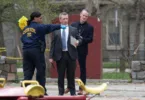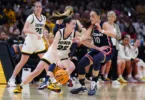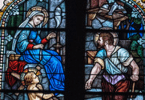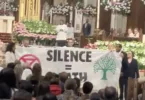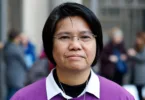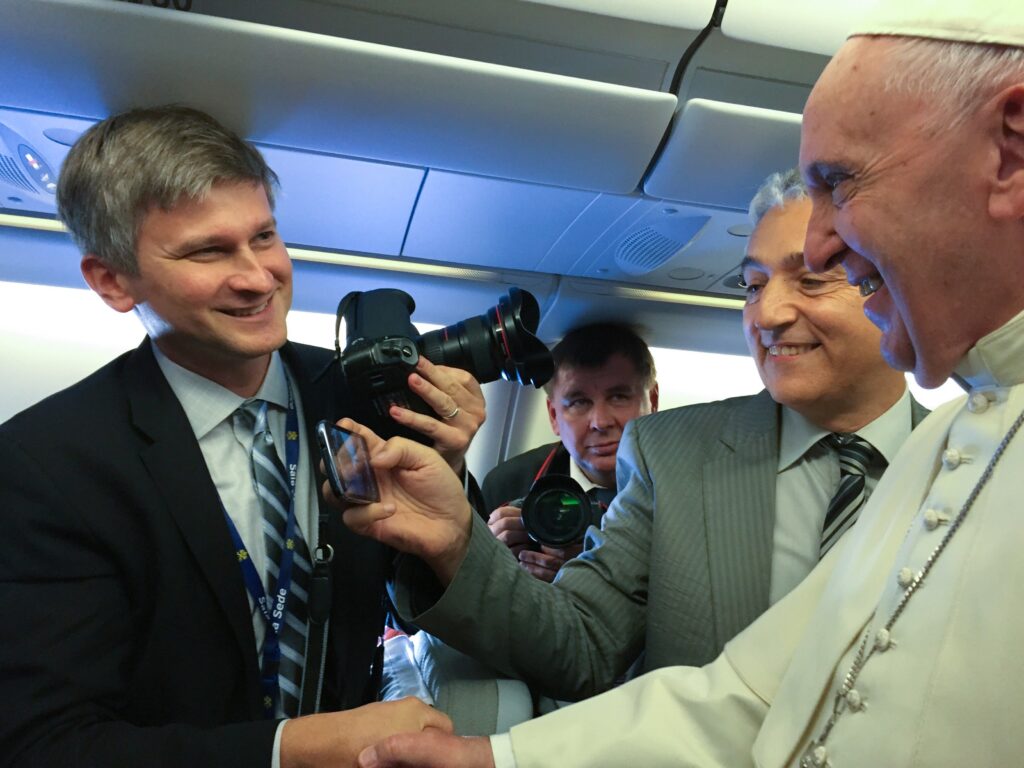
by Thomas N. Lorsung
“Pictures attract readers, give zest to the paper. . . . Pictures tell stories as well as words can, and, synchronized with news stories, they give power, clarity added importance and greater appeal.” — NCWC News Service, 1938.
In the 1920s, it was news sheets with pictures; today it’s instant delivery of still photos and videos — a news service history of giving the church a visual record of the important events of the time.
The National Catholic Welfare Council (later Conference) News Service, under the direction of its founding editor, Justin McGrath, produced a weekly Picture Service in 1922 — “The Catholic World Through the Camera.” The photos were provided in matrix form to 13 subscribers.
According to a news service article in 1947, “Not only a pioneer effort in the field of Catholic journalism, the idea of a full page of news pictures was something unique in the secular journalism field. . . . It was not until five years later that The New York Times decided that the trend was definitely toward news pictures.”
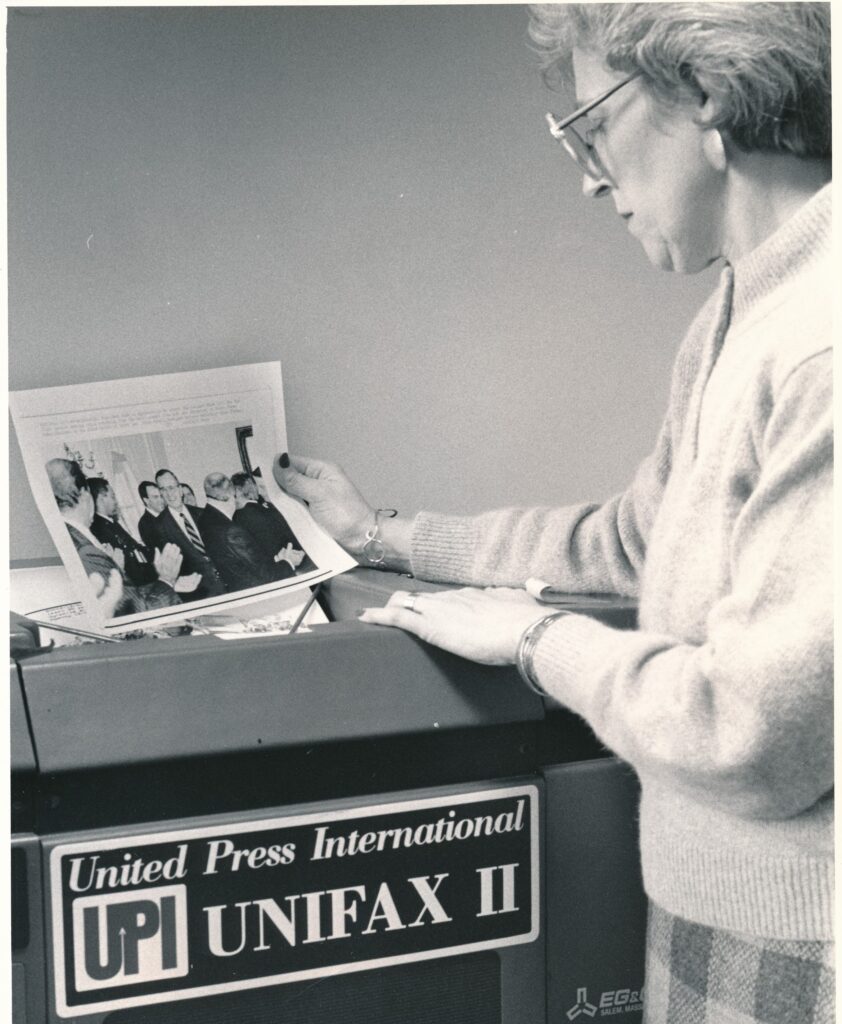
The article also expressed a philosophy that has carried through to the present day: “Every effort is made to synchronize the pictures with stories appearing in the NCWC News Service. Sources of pictures include all the major news-photo gathering agencies . . . and scores of correspondents . . . throughout the world.”
Among photos on a 1922 page are images ranging from relief efforts in Russia to the funeral of Michael Collins, assassinated head of the Irish Free State, and an injury to Harry Heilman, Detroit Tigers right fielder and a member of the Knights of Columbus.
By the 1960s, photo clients had an option to choose glossy photos over the matrix system.
In August 1995, an advisory on the news service wire announced: “Today is a special day in the history of Catholic News Service. It’s the official launch of the digital photo service via the CNS Bulletin Board System (CNS BBS). For the first time, you can receive CNS photos on demand, 24 hours a day, via electronic means.”
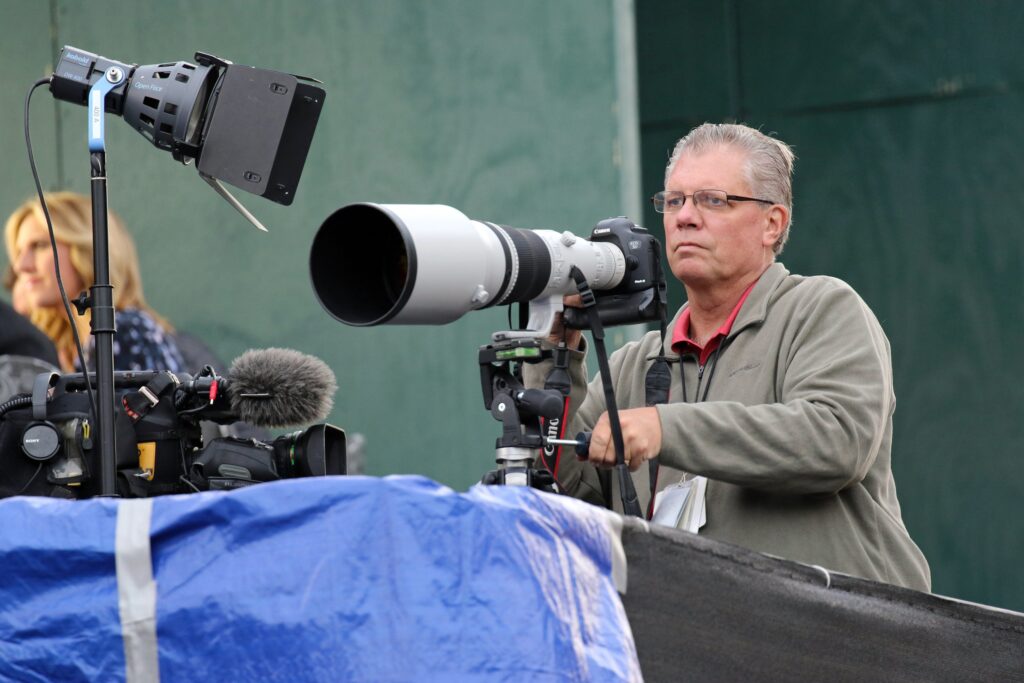
Clients dialed into the system via modem to retrieve the digital files. The CNS Bulletin Board System was an inexpensive alternative to satellite delivery. The new BBS was appreciated during the October 1995 trip by St. John Paul II to New York, New Jersey and Maryland.
Then-photo editor Nancy Wiechec recalled, “I remember being back in the modem room . . . and watching the system go nuts when we posted the first photos of the pope’s arrival. At that time, we were shooting film, developing it and then scanning select negatives to post to the BBS.”
In 2000, CNS purchased its first digital cameras — Canon D30s. About a year later, CNS photographers shot exclusively digital.
When CNS launched its website in 1999, the digital photo service moved to that platform. By 2005 it made “select photos available for use on client websites . . . in an easy to use format.”

The news service covered the Vatican photographically by relying on other news agencies and freelancers, but Wiechec and Tony Spence, director and editor-in-chief, saw the value in establishing a photographer job in Rome. They had a ready candidate in Paul Haring, who joined the staff in 2004.
Since 2009, Haring has covered the papacy and the Vatican full time. He traveled on 34 international papal flights including all of Pope Francis’ international trips. He also covered many papal visits within Italy.
CNS staff photographer Bob Roller said he hears from client editors every week that they value having a news service photographer in Rome.
He cited the grueling schedule Haring faced during “ad limina” visits. “I don’t know how he did it,” Roller said appreciatively.
Haring’s background included everything from yearbook and wedding photography to working on military publications in the D.C. area. In 2001, he was one of the first photographers on the scene of the 9/11 attack on the Pentagon. His work with the military also provided training in the new digital photography before it was mainstream.
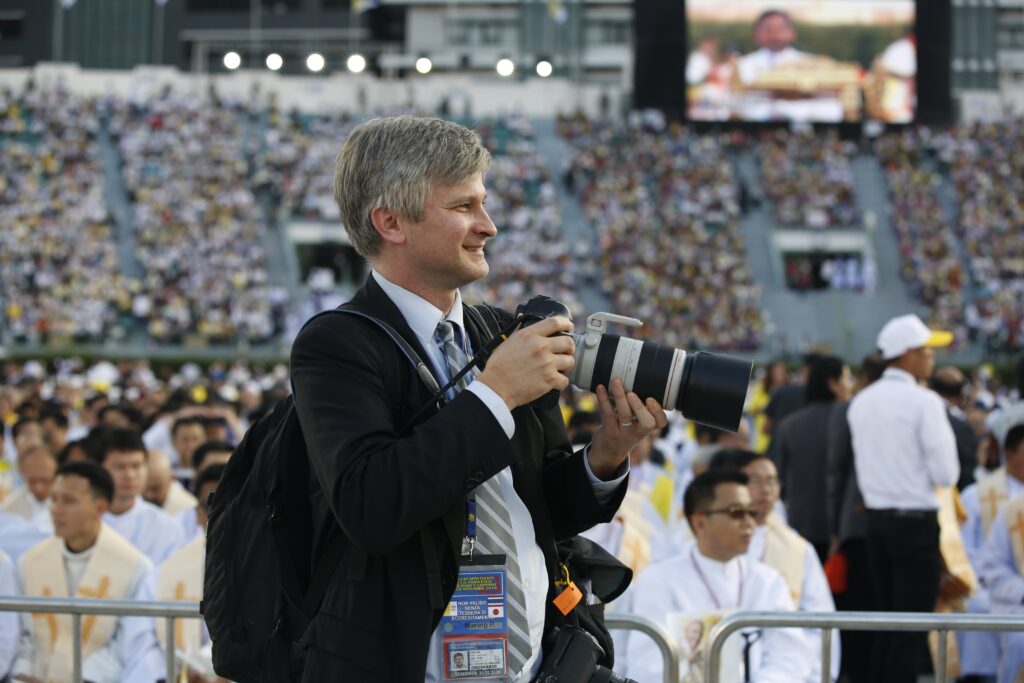
CNS launched its video service in September 2009, following the lead of the larger media groups, which began to add video to give their audience a way of being transported into the story in the same way that broadcast television had been doing for decades. By 2012 CNS made the video service part of its basic package.
When Pope Benedict XVI announced his impending resignation from the papacy in early 2013, CNS decided to document the historic event and the eventual election of Pope Francis in video.
CNS saw the popularity of the video service and viewership grow dramatically during this period. Now if it’s a big Catholic event, like World Youth Day, CNS sends a videographer/video producer along with staff reporters and photographers to give its clients complete media coverage.
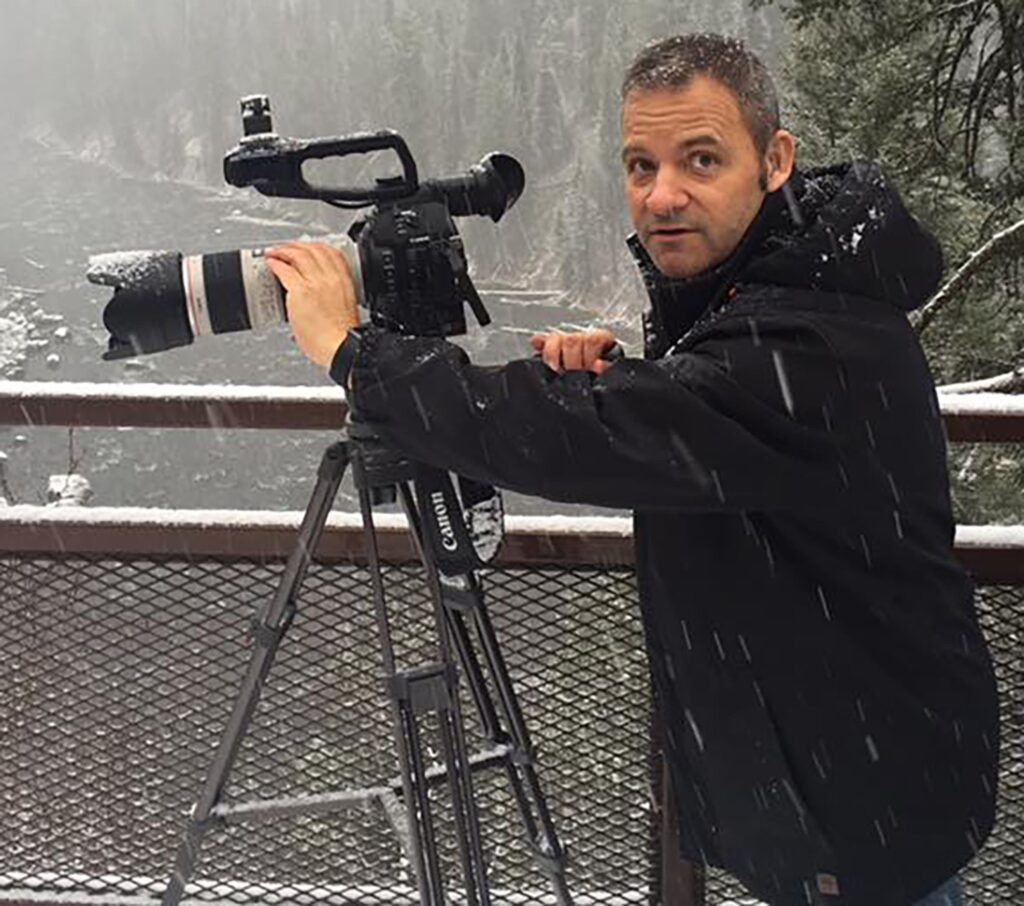
For the past several years, CNS Multimedia Editor Chaz Muth has reported his stories using photography, videography and print.
Video is no longer a novelty at CNS. It’s a standard in its media offerings. The videos are mostly embedded in CNS stories on clients’ websites, but they also are used in social media and on Catholic television stations.
As of Feb. 1, 2021, the CNS YouTube channel had more than 13.6 million views. That’s a lot of “zest” in a new form.

